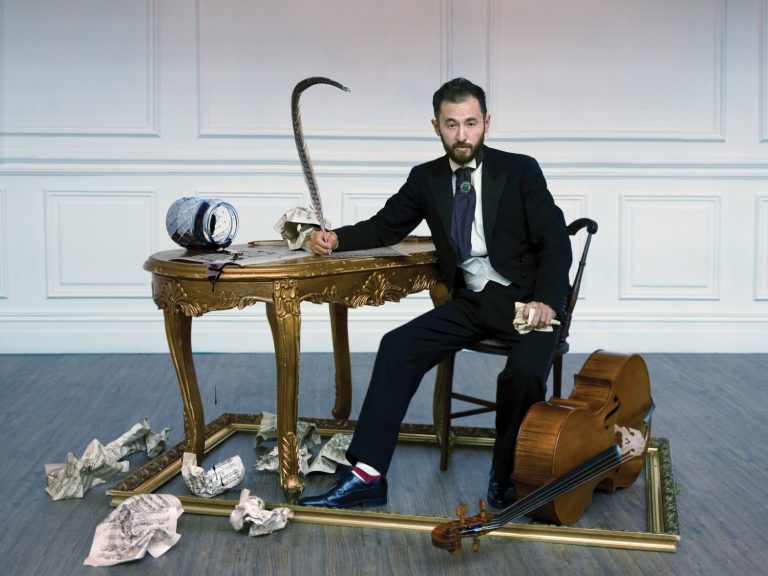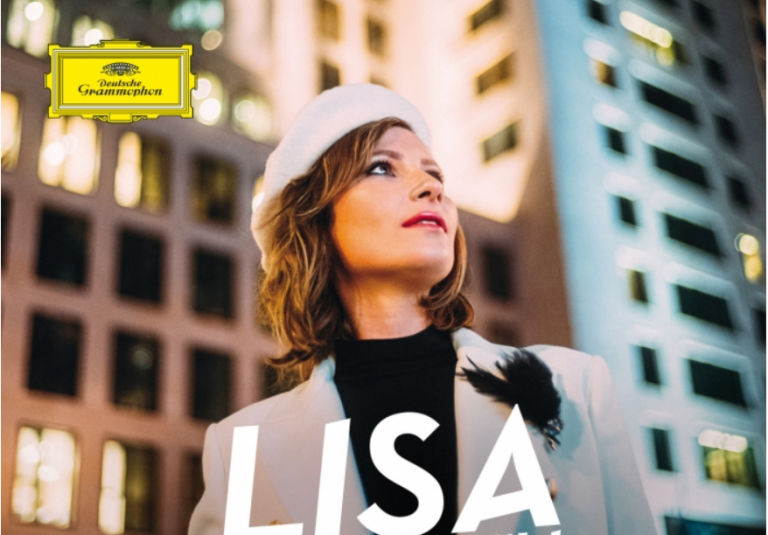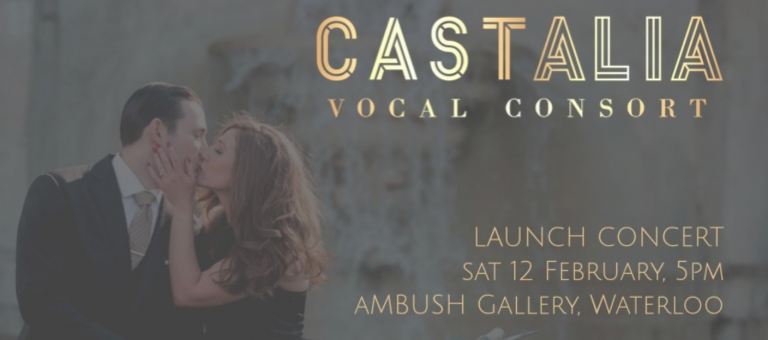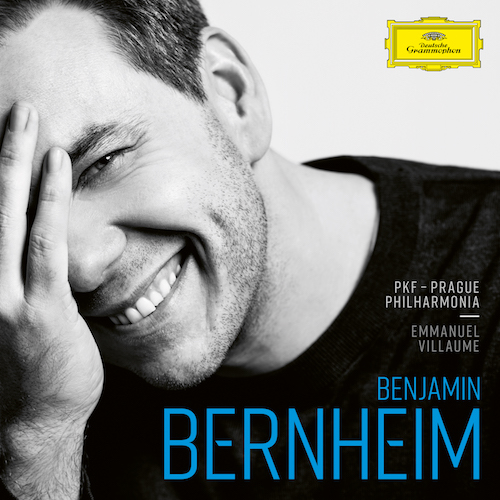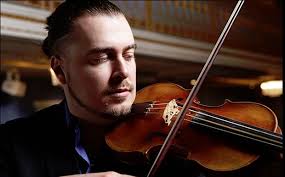Concert Review: Rays of Light/ Choir of St James’/ Nelson/Knox
Rays of Light/ Choir of St James’/ Alistair Nelson and Callum Knox, organ
Warren Trevelyan-Jones director
St James’ King Street, Sydney
20 August, 2022
In the way that painters portrayed light in painting, the Choir of St James’ with organist Alistair Nelson and organ scholar Callum Knox, under the direction of Warren Trevelyan-Jones presented Rays of Light, a concert program themed around the many depictions of light and darkness in sacred music, highlighting its power to redeem, lighten and uplift.
The first segment of this program contained music by composers from the 16th century, beginning with Thomas Tallis’ classic O Nata Lux in 5 parts. The ensemble maintained a mysterious intensity through the mostly homophonic structure with excellent cohesion, dynamic control and contrast establishing a high bar for the rest of the program and dwelling deliciously on the ‘false relation’ at the close of this single-versed hymn.
Whilst Sydney audiences occasionally get to hear choral music of the Spanish renaissance, it is rare to hear contemporaneous music from Portugal. The Missa O Soberana Lux by the Portuguese composer Filipe de Magalhães did not seem to have a distinctly Iberian flavour but was a beautiful curiosity, full of evocative word-painting and effective part-writing. The movements of the mass were separated by Byrd’s radiant 6-part motet O lux beata Trinitas placed after the Kyrie, with its plangent soprano line and the splendid Gloria, ahead of the remaining three sections of the mass. The final section of O lux beata Trinitas offered a change of metre couching rich and robust lines, followed by a rapid reset to the reverence of Magalhães’ Sanctus and Benedictus, and the cascading sighs of the Agnus Dei. Robert White’s intriguing motet Christus qui lux est et dies rounded out this bracket. The third of four different settings by White, a graceful yet austere plainchant performed by a well-blended bass section alternated with rich 5-part polyphony through its 7 verses.
The second part of Rays of Light moved to more contemporary repertoire dating from the 19th century onwards and included two solos from the ensemble’s two gifted organists, performed on the church’s soon to be replaced organ. Théodore Dubois’s Fiat Lux played brilliantly by Alistair Nelson began as a mere whisper and swelled to a declamatory and joyful proclamation sprinkled with toccata-like passages. One of Dubois’ Douze pièces nouvelles pour orgue published in 1892, the title Fiat Lux is taken from the biblical book of Genesis and translates to “Let there be Light”, narrating the earth’s journey from dark shapelessness to the wonders of creation. Later, Callum Knox, who also sang tenor in the choir, entertained with his performance of Bob Chilcott’s Sun Dance, derived from the fifth movement of Chilcott’s Organ Dances for organ solo, strings, and percussion. Knox gave a deft account of this piece with its multi-metric rhythms and syncopation sparking a jaunty feel.
Elgar’s Light of the World with Alistair Nelson at the organ accompanying the choir, drew broad sweeping phrases and descending arpeggios from the keyboard, the organ falling away briefly before a punctuated close. Cecilia McDowall’s unaccompanied God is Light, Jonathan Dove’s gorgeously full-throated Ecce beatem lucem with its subito drop in mood and hymn-like ending, were followed by John Rutter’s Hymn to the Creator of Light, a thrilling version of Butterley’s Morning Fanfare and Eric Whitacre’s Sleep, sung with fine control, texture and technique, swinging between the comforting release of slumber and the fear of drifting into the sub-conscious. Harold Arlen’s Over the Rainbow provided a contemporary, if somewhat disparate ending, with a welcome encore performance of John David’s You Are the New Day.
The 18-voice choral ensemble contained several fresh faces perhaps pointing the way for a new generation of specialist chamber singers. They know their venue well, singing there regularly at liturgical services and in their annual concert series. This experience was used to maximal effect, with the early repertoire performed from further back in the church near the sanctuary of the altar and below the dome, allowing for more reverberation. The modern repertoire was sung from closer in at the transept, giving a brighter, more immediate sound.
While there were moments when individual voices rose above the others, overall, this was a beautifully curated and concise program which examined its theme from many angles and performance styles with exemplary choral singing.
Shamistha de Soysa for SoundsLikeSydney©


